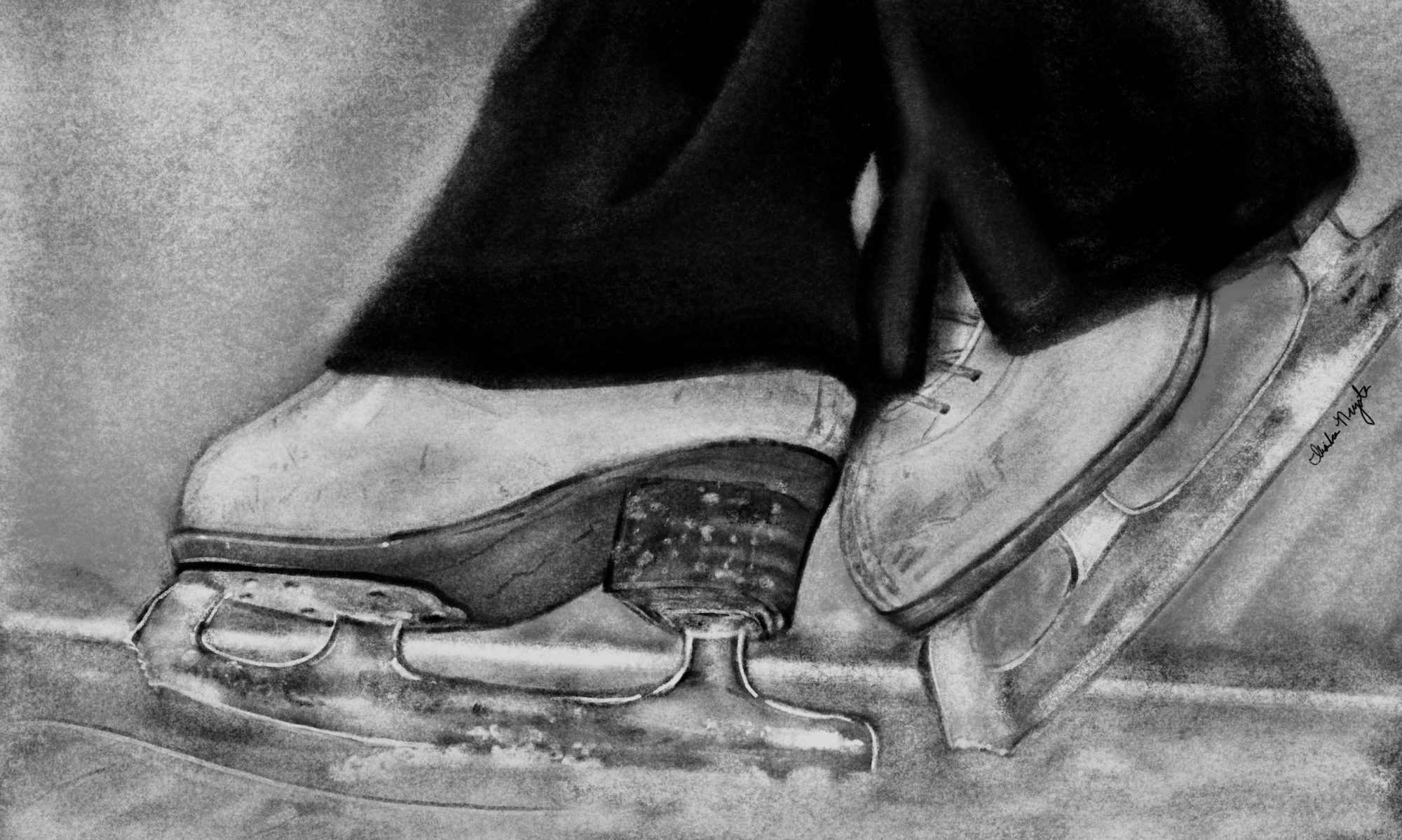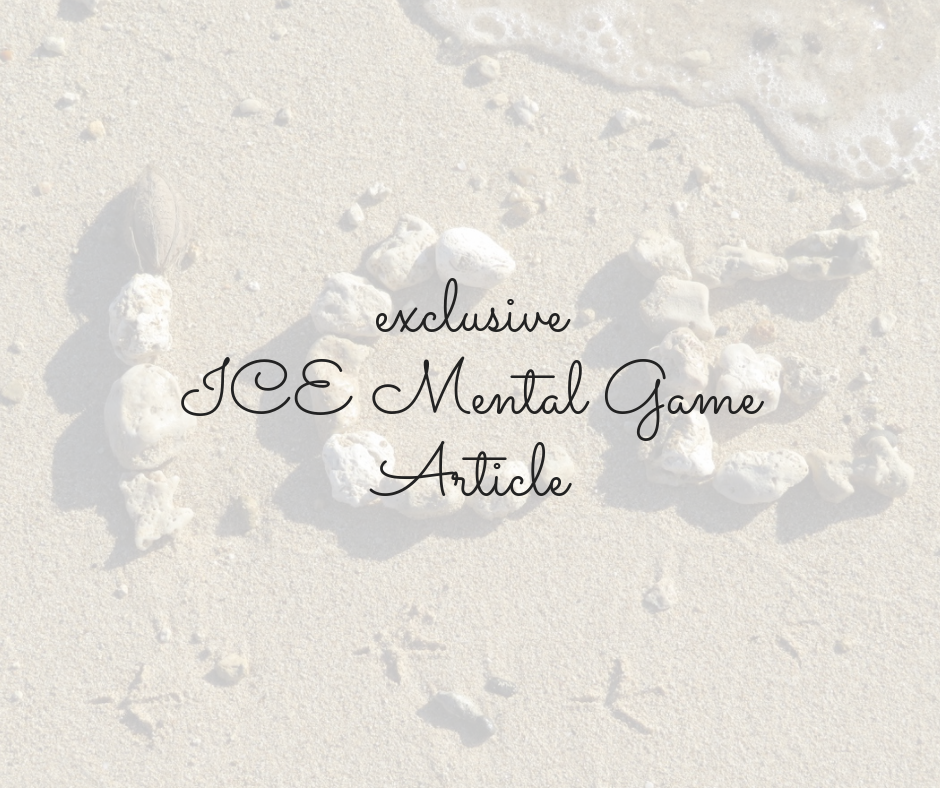Hey, Mentalgamecoach here. Today’s article is going to be a bit different than usual. Instead of following Skatergirl as she struggles and learns, I’m going to give you a practical exercise that you can use to help improve your mental game.
Over the last two articles we’ve gone into depth on the Front Brain and Hindbrain. In addition, we’ve discussed one way that you can unlock the power of your Hindbrain: focusing on the feeling of your current action.
Today, I’m going to give you an exercise that gives you the experience of what “focusing on the feeling of your current action” feels like.
In order to get out of your head, you need to get back into your body. But what does it feel like to focus on the “current action” you are doing?
Do this exercises and you will find out. Let’s get started.
The Exercise
The exercise is simple.
- Slowly close your open hand into a tight fist (take 5 seconds to do this).
- Hold your hand in a tight fist, squeeze at about 80% of your full strength for 5 seconds.
- Slowly open your fist to an open hand (take 5 seconds to do this.
While you’re doing this exercise, I want you to pay attention to what you feel.
Try it. Go ahead and do the exercise yourself.
Once you’re finished write down what you felt, then come back and finish this article.
Next Steps
Okay. You’re back.
Did you do the exercise? How was it?
When I have athletes do this exercise I always do it with them.
Afterwards, I ask them this question. “What did you notice?”
Here are some examples of the answers I get. I don’t know. Um… My fist felt tight? My fingers felt squished. My hand is tired. It was weird.
Awesome! Whatever your answers are, it’s great that you are tuning in to what you are feeling. Now it’s my turn.
I’ll do the exercise and give you my answer to the question, “What did you notice?”
What Did You Notice?
As I tighten my hand into a fist, I feel the muscles in my forearm starting to contract. There is tension along the bottom of each finger, as well as pressure on the inside of each finger as they push against each other.
As I hold my hand in a fist, I feel the tension in my forearm increasing. I feel pressure in the first knuckle of each finger and I feel the tips of my fingers digging into my palm.
In addition, I feel tension in my shoulders and tightness in my core. I feel slight tension in my stomach and I feel the muscles in my back, and my right shoulder blade moving downwards.
Finally, as I release the tension in my hand there is a tingling sensation that travels from my fingertips, through my forearm and bicep, and all the way to the top of my shoulder. The tension in my shoulder and neck muscles slowly release and my fingers feel stiff, and I have to work to extend my fingers.
Conclusion
Now do it again and see what you notice this time.
Write it down.
See how detailed my explanation is? And, it could be even more detailed the more you play with this.
This level of focus is just an examples of what it means to focus on the feeling of the action you are doing right now on the ice (or wherever you are).
When you ask yourself the question, “What did you notice in your body?” This is the kind of awareness you want develop.
When you only notice, “I feel tired” or “I feel sore”, that is a judgment, not an experience. I really want you to immerse yourself in the experience (the physical feeling).
Practice this exercise. Make it a priority if you want to be able to get yourself into or back into your body when you are stuck in your head.
Do it as much as you can. Because when you can immerse yourself in the “feeling of your current action” you’ll be able to unlock your Hindbrain, get out of your head and into your body to access the muscle memory that makes your skate great.
Mental skills training can make a difference because it can help you access what is already there during competition and practice.
Start here: download “Confidence Myth Busters,” a complimentary eBook and make a change.

